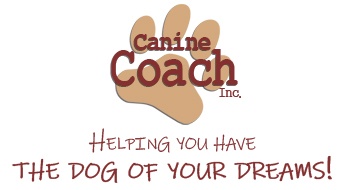Promoting Healthy Play (Part 3 of 3)
The last two posts on dog play styles (Part 1 and Part 2) covered the main categories of play, what they look like, and management techniques to keep all dogs playing safely and happily. If you haven’t read them already, please go back and read those posts before reading this conclusion.
While consent tests work well for both wrestling and chasing play styles, chase games need special attention. First, we make sure that the dog or puppy being chased started the game and is having fun. Then, we check the arousal level of the chaser through his body language to make sure he is not getting over excited to where we can’t stop the game. We also watch to make sure the game isn’t becoming a gang chase where more than one dog is joining in on the game. With puppies, gang chases are fairly easy to stop and get under control. With older dogs, we run the risk of the chasers becoming prey-driven with the chasee as the prey. At this point, it’s not play anymore. That can be a dangerous scenario with one dog, and it can be extremely dangerous when there’s a group of dogs doing the chasing. Before chasing play gets to this prey-driven and non-play level, we practice breaking up the play by doing consent tests and short, calming breaks. Asking all the dogs to sit is a good way to encourage breaks. If chasing play were ever to get dangerous, our previous practice with enforcing breaks would help us end the play before a dog gets hurt.
In order to keep play fun for all, including the owners, I and the other trainers at Canine Coach, Inc. watch for signs of stress, like a stiff body or running to hide, and reciprocal play between the dogs. When we see arousal levels on the rise, we conduct consent tests to make sure each dog is having a good time. We also make sure that the less confident dog has a safe place to retreat to if he becomes overwhelmed, and make sure the other dogs respect that space as a place to calm down. In addition, we enforce play breaks to give any overly aroused dog time to calm down.
As the trainer, my job is not only to manage the puppy’s behavior, but also to help the clients understand what they’re seeing. It’s very easy for the family of a shy puppy to feel their puppy is being bullied or taken advantage of. And sometimes, the owners of the overly confident but inexperienced puppies that haven’t learned to manage their play style feel we’re picking on their pups. Because dog play can look radically different from one individual to another, it’s best to ask a certified dog trainer about what your dog’s behavior means when he surprises you with something new. Feel free to ask me, or one of my trainers, any questions you have concerning dog play or any training topic by asking us in class, emailing info@yourcaninecoach.com, or by calling (719) 200-2636. We look forward to helping you and your dog have the best of playtimes!
